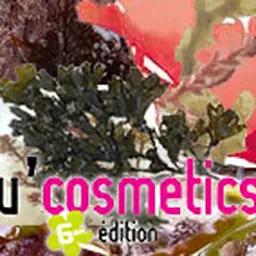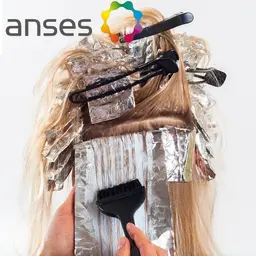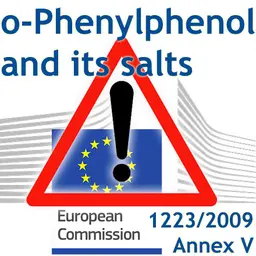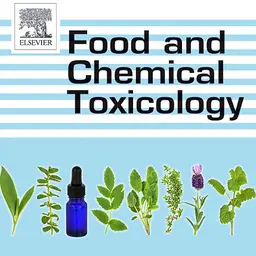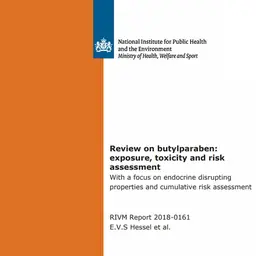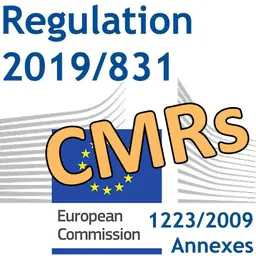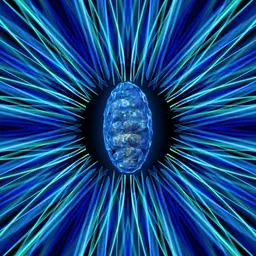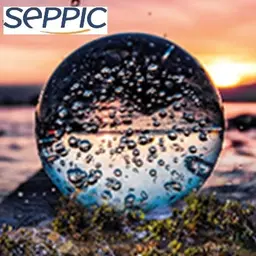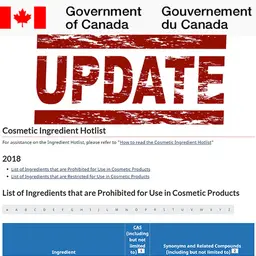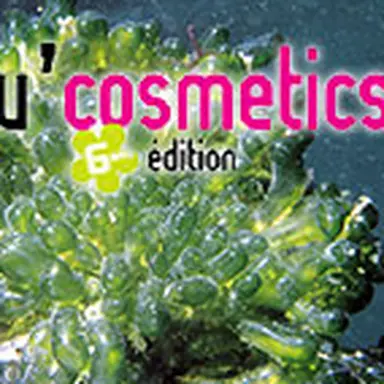
Algae were the main focus on the day of conferences of the 6th edition of U’Cosmetics dedicated to marine cosmetics last March 12, 2015, in Guingamp, France. And if the various participants often spoke of their diversity and still little-known characteristics and properties, they also gave many details on their cosmetic potential and already known applications in formulas.
Algae have been exploited in their natural environment for quite long now.
Maud Benoit, R&D Project Manager at the
Centre d’Étude et de Valorisation des Algues
, (CEVA, Centre for Study and Promotion of Algae) located in Pleubian, Brittany, France, reminded they already provided the glass industry with ashes in the 16
th
century. Maerl, the accumulation of red calcareous algae, was used in the 18
th
century to reduce soil acidity. Iodine has been obtained from large brown algae since the 19
th
century, and hydrocolloids (texturing agents) from brown and red algae since the 20
th
century…
Algae are actually rich in very diverse biomolecules. Maud Benoit mentioned the following ones:
• Minerals, heavy metals, trace elements
• Pigments (chlorophyl, phycobiliproteins…)
• Carotenoids (fucoxanthin, asthaxanthin, β-carotene)
• Phlorotannins and phenolic acids
• Polysaccharides
• Iodine
• Mannitol
• Sterols
• Proteins and amino acids
• Terpenes
• Halogenated compounds
• Vitamins A, B, C, E…
All these components give algae the most interesting bioactive properties for cosmetic applications such as hydration, anti-aging, the antioxidant effect, depigmentation, the anti-inflammatory action, epidermis regeneration, regulation of acne-prone skins, vasoconstriction, lipolysis, or the antimicrobial potential…
Of course, all algae are different and …

